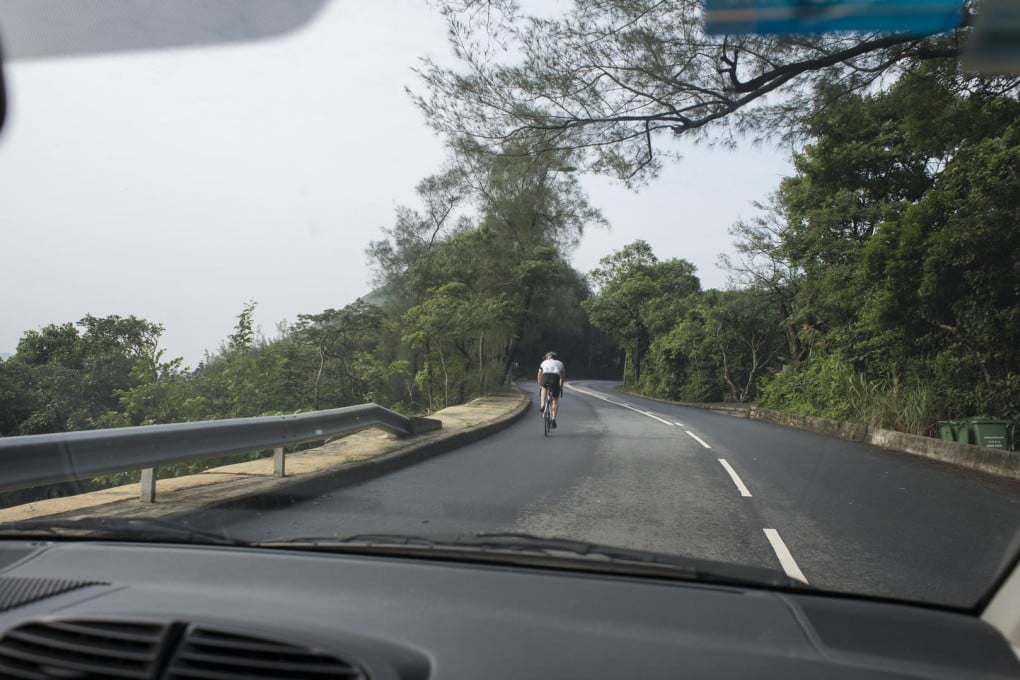Cyclists push to make Hong Kong bike-friendly
As many major cities embrace the bicycle as a healthy, clean way to commute, Hong Kong appears to be pedalling in the opposite direction, writes Rachel Jacqueline

It's strange how the wheel of life turns.
The automobile was widely snubbed when introduced into Hong Kong, at the start of the 20th century. The expensive imports were "unreliable, especially on hills, and as they were open to the elements, would not have suited the hot climate", explains historian Paul Smethurst. So Hong Kong's narrow streets "remained a flurry of rickshaws, pedestrians and steel bicycles for the next few decades".
During the post-war boom, however, the bicycle - a tool for the poor and a plaything for the young - was progressively cast aside.
"Motorised transport soon took [the bicycle's] place, with the take up of cars being fuelled by the desire to display wealth and rank - an aspiration that lingers to this day," the University of Hong Kong professor says. Hong Kong's love affair with the automobile has now reached alarming proportions: private ownership rose 40 per cent in the 10 years from 2003, as the population grew just 6.7 per cent.
Many other major cities have faced the problem of too many cars and not enough space. Some have slapped on congestion charges, others have improved public transport. But they've all embraced the bicycle. That once-cumbersome assembly of steel and rubber has morphed into a carbon fibre and alloy "must have" - a green machine as commonplace in the financial hubs of London and New York as a cup of ostentatiously named coffee.
Costing nothing to power while promising greater physical and environmental health, the bicycle has been welcomed by governments everywhere as the future of transport. Everywhere, it seems, except Hong Kong.
Smethurst is the author of The Bicycle: Towards a Global History, charting the rise, fall and resurgence of the bicycle over the past century. Hong Kong's participation in the bike's comeback is notable by its absence. And that irks Martin Turner.